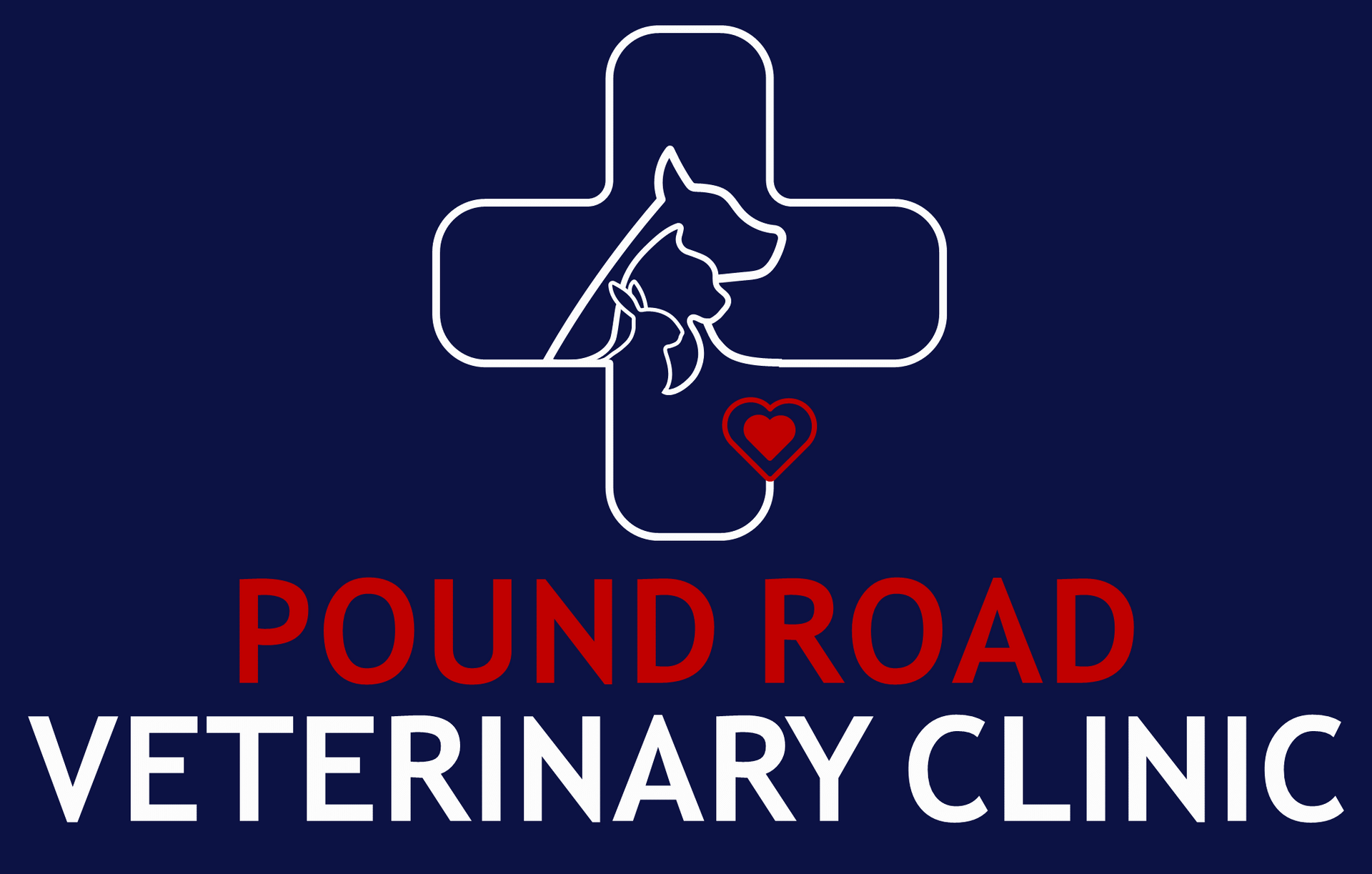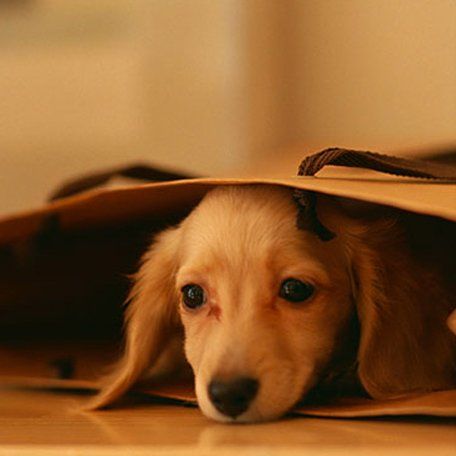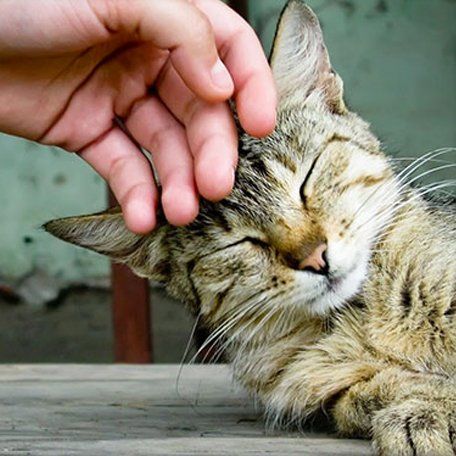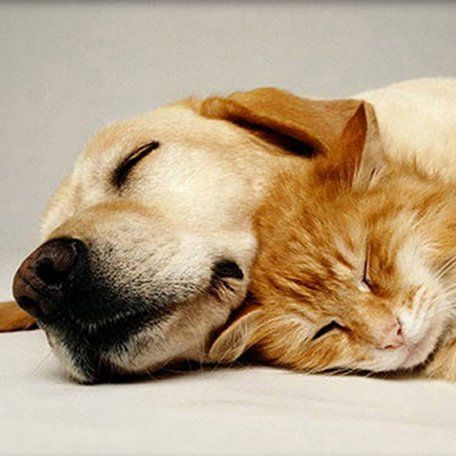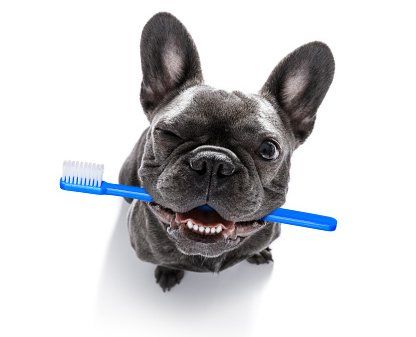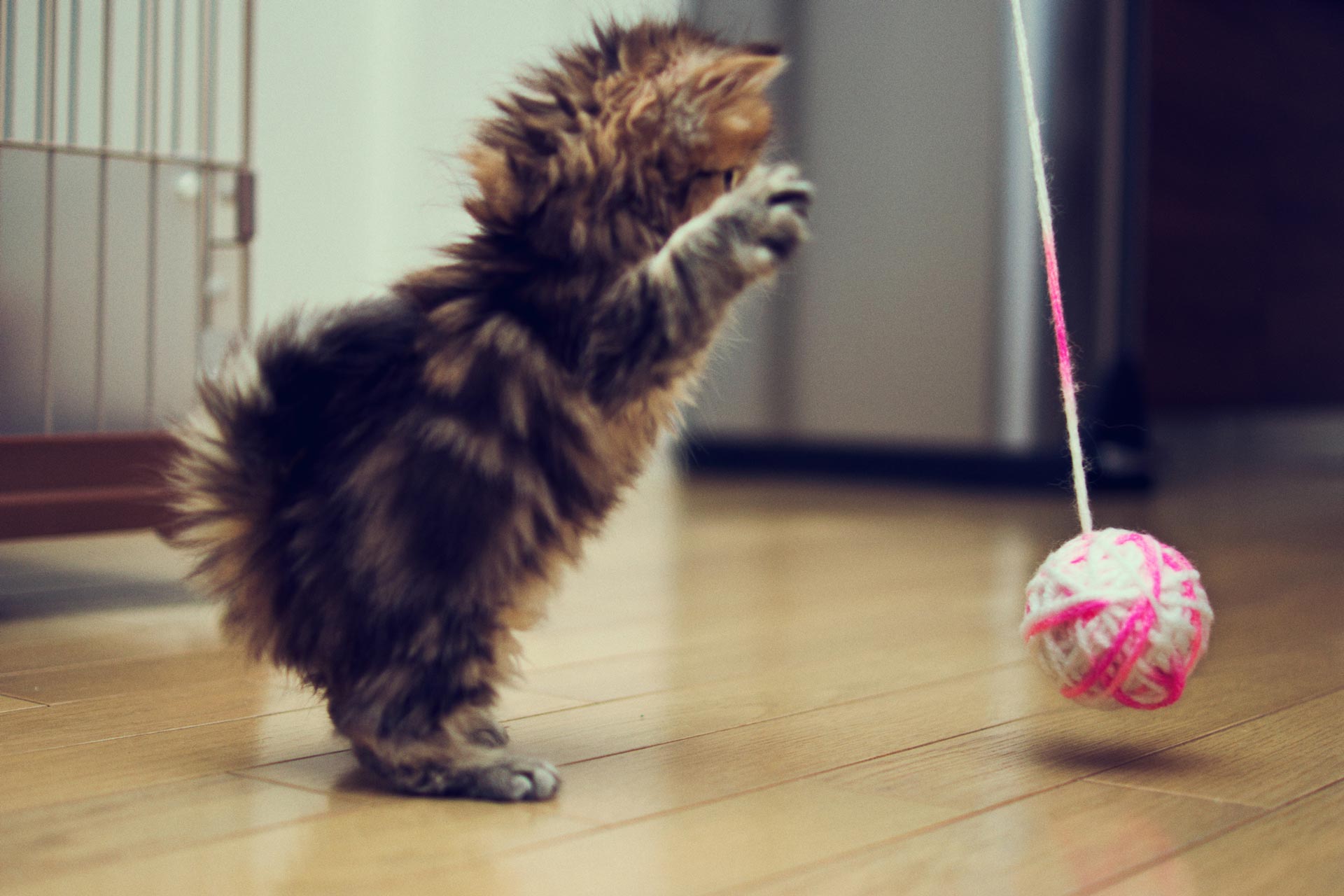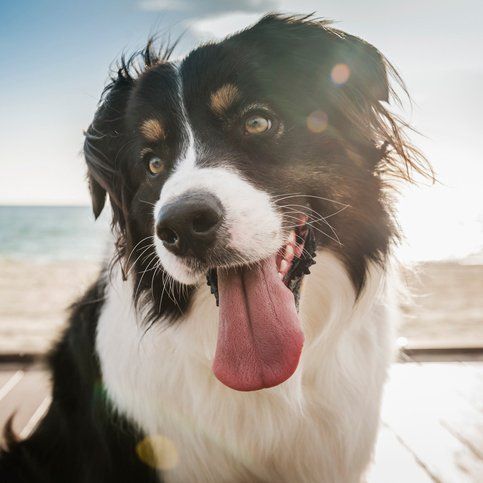25 Years of Experience • Open 6 Days a Week • We do House Calls
Blog
Blog

by poundrdvet
•
2 July 2015
New Years Eve fireworks and the beat of loud music seems to be a common situation around this time of year. For many pets it is not all fun and games, although we as humans enjoy it, for our Fur-kids they can be quite distressed by it. Spontaneous loud bangs and explosions, and even unexpected noises can send some pets into a manic state and others will become trembling balls of fur. Here are a few tips to help your companion cope with fireworks and loud noises: Keep your pet securely contained for the entire night – a fence may not be enough to keep a determined, scared pet from escaping during fireworks or loud music. Scaling fences can also lead to serious injury for dogs. Ideally you should keep your pet inside, in a secure room, like the laundry where they can neither escape nor hurt themselves. It is important that you don’t tie up your dog at the collar, as in a moment of panic he or she could try to get away causing serious injury to his or her neck. Most Importantly, ensure your pet is completely identifiable with a microchip, collar ID tag and most importantly, ensure your contact details are up-to-date. If you have any questions around your pet’s identification the National Pet Register can be contacted 24/7 on 1300 734 738. This gives you and your pet the best chance of being reunited in the event they become lost. Keep your pet in a secure indoor area during fireworks and thunderstorms. A laundry or garage is good if you have an outdoor pet. Create a hideout for your pet in a quiet room with as few windows as possible. If this is not possible, using a crate as their safe spot/den is a fantastic idea. Cover any windows in this room to further block out noise and to block out flashes of lightening or fireworks, or covering the crate with a cover or blanket to create a dark safe spot. Create a bed from blankets for burrowing and put an unwashed tracksuit or a similar item of clothing in the room so they have your scent; or prepare your pet’s crate in a similar way. If you cannot be home with your fur-kids on New Years, a few pointers for preparing your fur-kids. A few days before the fireworks, take your pet into the room/crate and give it treats on the blankets so that it gets comfortable being in the room. If you are expecting fireworks, take your dog for a walk in the early afternoon to wear it out. this may help with the settling of your pet later that evening. Have food available such as kongs, bones, treatballs and long-lasting treats. Extended chewing will help calm dogs and the stimulation will distract them. Put on moderately loud music or a TV to muffle loud outside noises and to distract your pet. A small battery operated radio maybe a safe way to incorporate noise. Sometimes familiar ambient noise may help to calm your pet. Take your dog to the toilet before locking it up, or if you have a cat, remember to put kitty litter in the room. Beware: if you are leaving the pet unattended and it becomes anxious, it may behave erratically so ensure there are no dangerous items that the pet could chew on or knock. Cables and any breakables should be removed. Make sure your pet cannot escape. If medicating your pet, follow the dosage instructions exactly and medicate before anxiety sets in. Discuss your plans with your vet. Return home as quickly as possible to check on your pet and take it to the toilet after the noises have subsided, keeping it on a leash when you do in case it is still upset or becomes spooked. Do not punish your pet for any damage/bad behaviour on your return; being fearful is an emotional/instinctual response which an animal cannot control. Ask us for more information about progressive desensitisation, a process whereby dogs learn how to tolerate loud noise.
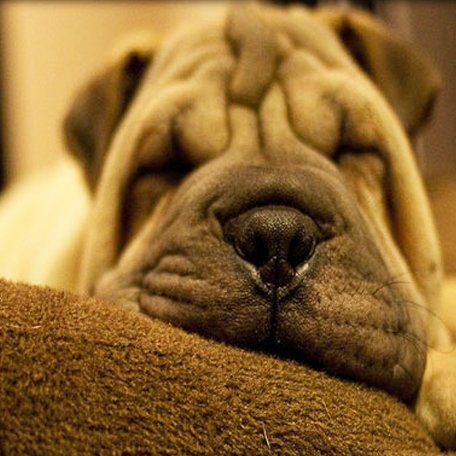
by poundrdvet
•
2 July 2015
Will you join Pound Road Veterinary clinic in putting a stop to deadly heartworm by treating your dogs? Heartworm is a deadly worm that is unlike any other worms you may have heard of; it does not affect our pet’s tummies by living in them and is not passed on through their faeces. Did you know? Heartworm is in fact spread by mosquito’s, the mosquito will bite the dog and pass it onto the next unsuspecting dog by biting them too. This will inject the disease into your dog’s blood stream. Unless we work out a way to stop mosquito’s biting all together, which would be a dream come true for all of us especially in summer, we cannot stop potential exposure of this disease. Heartworm migrates from wherever on the body the host has bitten into the abdomen approximately 3 weeks later. It will move into the dog’s lungs and heart after approximately 3 months, where at this stage they are about 1-2 inches in size… disturbing we know!! Heartworm is potentially deadly, and in most cases almost impossible to treat. The female worm can increase in length by almost tenfold (up to 25cm). Understandably, should this be in your dogs heart, it can prevent your dogs heart from functioning properly causing heart failure. While surgical removal and supportive therapy may be possible at specialist institutions, this is rarely done and more likely the cause of heart failure may never be discovered… or at least not until it’s too late. The scariest part is… Heartworm IS present in Victoria; there have been recent studies that have shown heartworm is present in all states of Australia! In Victoria, a 2013 study discovered heartworm to be in 4% of foxes tested. Given that foxes are not the natural host of heartworm, the prevalence in non-protected dogs is likely to be even higher. Although it is more prevalent in tropical regions heartworm has been found in Victoria. While heartworm is very much dependant on temperature for its development, microclimates in urban environments such as car parks with warm cars or 24hour lights can provide favorable environments even in cooler periods of the year.
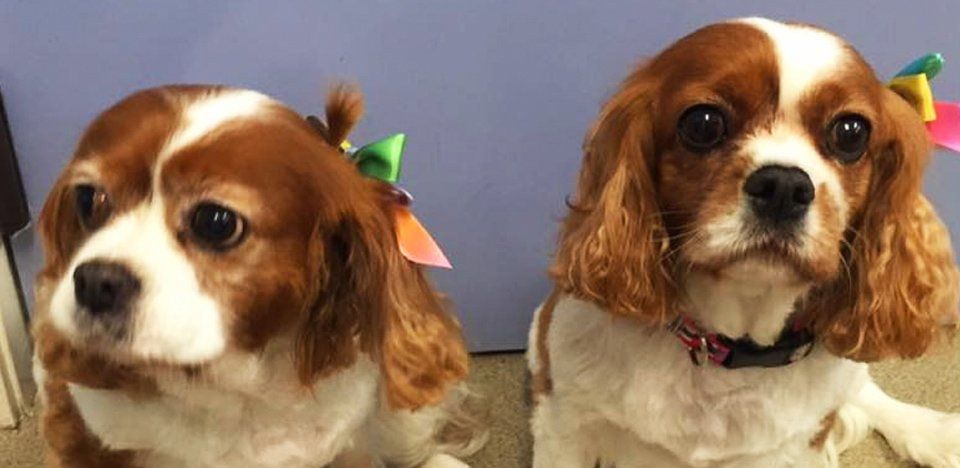
by poundrdvet
•
21 July 2014
3. If you are insuring a dog, make sure that both cruciate ligaments are covered ie. if you make a claim on a ruptured cruciate ligament and your dog later ruptures the other cruciate ligament (as often happens) you need to make sure that the second one will be covered under your policy also. 4. Diagnostics are covered ever when no definitive diagnosis is made. If you would like a recommendation for a good pet insurance company, please feel free to phone us on 9799 1479.
Service Areas
Hampton Park
Narre Warren South
Lynbrook
Lyndhurst
Cranbourne North
Hallam
Berwick
Endeavour Hills
Our Hours
- Mon - Fri
- -
- Saturday
- -
- Sunday
- Closed
